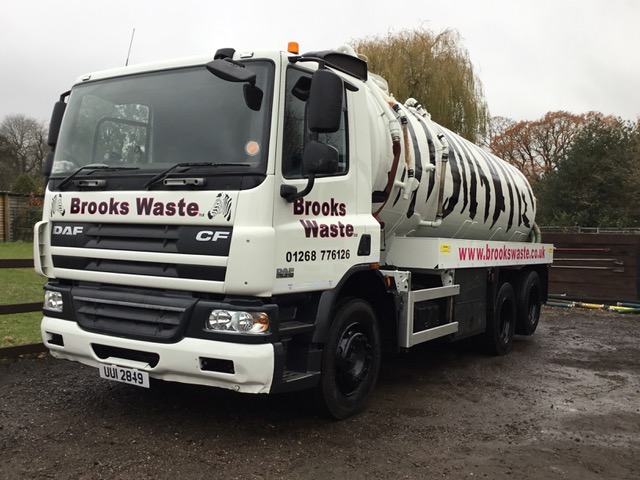How do they work?
Septic tanks use a simple treatment process which allows the treated wastewater to drain away to a soakaway or stream. A soakaway is a hole dug in the ground and filled with rubble and coarse stones, designed to disperse water back into the surrounding ground without flooding.
A septic tank has two chambers and is buried underground in the same way as a cesspit. As wastewater enters the first tank, solids settle at the bottom and begin to decompose, while liquid flows through to the second chamber. This allows any smaller suspended solids to settle and the water to exit the tank through the soakaway.
It’s advisable to have sludge removed from the septic tank regularly, ideally every six months. Bacteria in the tank is vital to the biological decomposition process, so over-use of biological cleaning products and bleach is not recommended.




